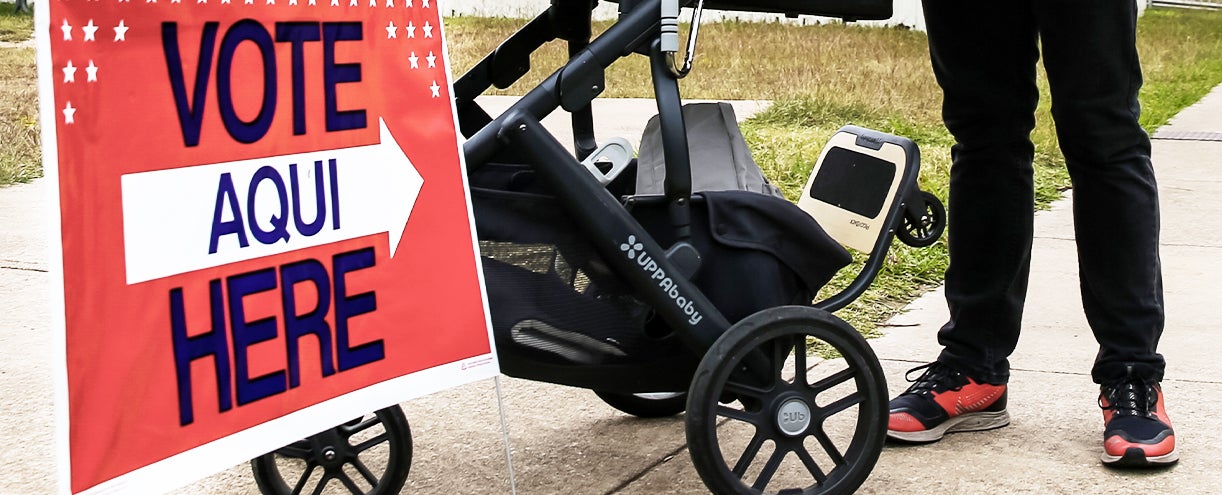Your Bond Passed. Now the Hard Work Begins.
If your school district was among those fortunate enough to have a bond passed on Election Day, congratulations. A hard-fought ballot box victory is just the first step in a journey that will continue to pose challenges, no matter the size of your construction program.
“It’s critical to start thinking about how you’re going to keep all of your supporters engaged and informed about your bond program, from start to finish,” said Dan Troxell, TASB executive director. “That dialogue is even more important if your bond election was decided by a close margin. There’s a lot of opportunity to win over any naysayers, especially if you’re providing transparent and timely information.”
School administrators will have a lot on their plates — from kicking off the planning and designing of new building projects, to developing a solid process for awarding contracts, to providing oversight on the construction.
Trustees should also be prepared to do a lot of work, from approving the construction delivery method and all bond-related contracts to keeping an eye on the financials and ensuring the projects deliver what was promised.
All that work is further complicated these days by serious supply chain issues that are already delaying many building projects across the state. “There are shortages of materials and labor across the construction industry,” said Jeff Clemmons, Division Director for TASB Facility Services. “We’re advising districts to build in plenty of time in their schedules and to also consider alternatives if specific materials are hard to acquire.”
With all the tasks at hand, it would be easy to forget about community engagement, but it’s essential that school districts keep everyone in the loop about the taxpayer-funded bond program.
Tiffany Dunne-Oldfield, TASB’s Assistant Executive Director of Communications & Marketing, suggests a few strategies to help, based on her work previously with Houston-area school districts on their successful bond elections and building programs:
- Develop a school-based team for each new building project under the direction of the principal that meets regularly from initial planning and design through construction and the opening of the new school. These Project Advisory Teams can provide essential insight into those aspects of the school’s educational program that should be reflected in the design. They can also serve as key ambassadors to help communicate with families about construction progress.
- Create and regularly update a designated bond website that contains specific information about each project, including:
- Budget information
- Scope of work
- Anticipated construction timelines
- Milestones as they are achieved
- Have school administrators work with the board president to ensure all designs are presented in a work session to ensure that trustees have an opportunity to ask questions and provide feedback in a public setting.
- Offer board members regular opportunities for construction site visits so they’ll have firsthand information to share with the community when they are out and about.
- Celebrate milestones as they happen, including groundbreakings and ribbon-cuttings. Events that showcase the results of your voter-supported bond program will help build good will in the community.
- Get video of all milestone events if possible. You’ll be able to show the community engagement process if anyone ever has questions about what your district did. It’s also great marketing material for a future bond program.
- When hosting a bond-related groundbreaking or ribbon-cutting event, be sure to include:
- Students
- Elected officials like mayors, state legislators, and congressional representatives
- School district trustees
- Media, but if they don’t show, write up a press release and distribute with photos from the event.
- Be transparent about any schedule delays. In today’s difficult construction environment, it’s better to re-set expectations as soon as possible if a school’s opening date is going to be pushed back.
- Consider putting together a quarterly or biannual print or online newsletter that summarizes all the progress in your bond program and distribute to all your taxpayers.
- Establish an email address dedicated to your bond program so that anyone with questions or concerns, can reach out. This is especially important if schools are being built in areas that might generate noise or traffic complaints from neighbors.
“Consistent and proactive engagement throughout a bond program will help build trust and good will with your community,” Dunne-Oldfield said. “It’s well worth the investment because the trust you build with any bond program will enhance your district’s reputation and help you build for the future.”
Sylvia Wood
Sylvia Wood is the division director of communications for TASB.





